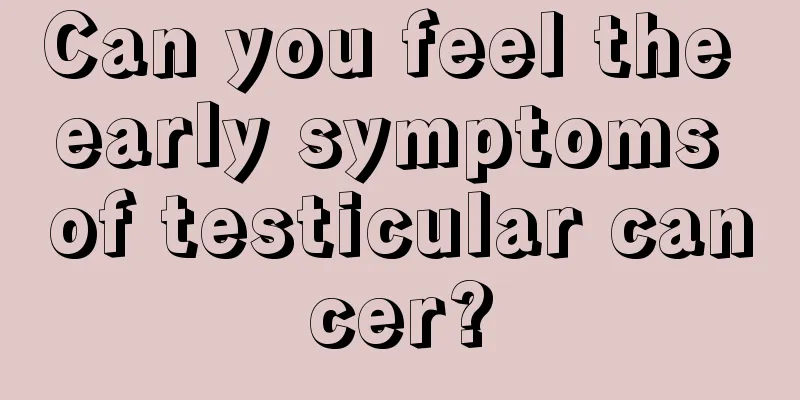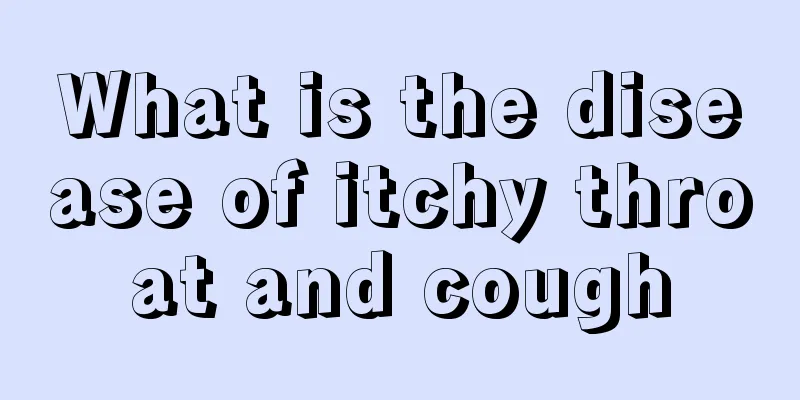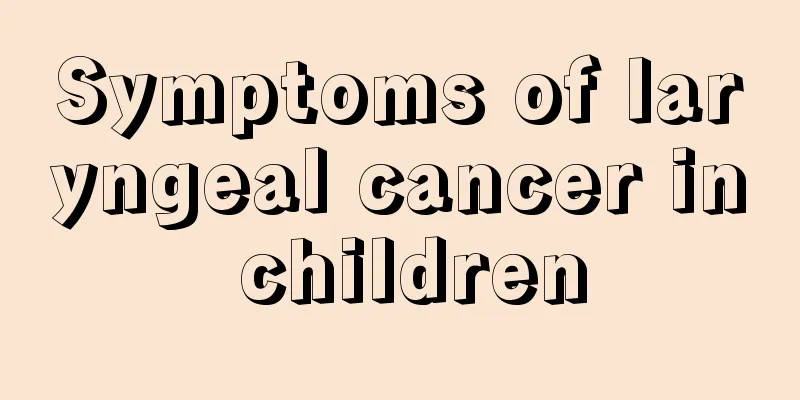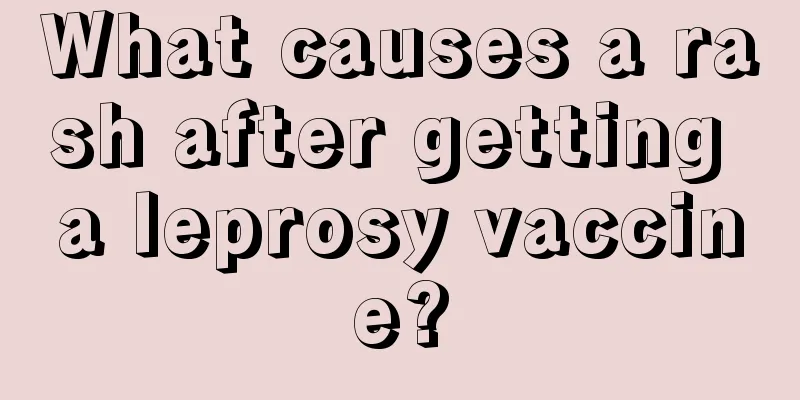Can you feel the early symptoms of testicular cancer?

|
The early symptoms of testicular cancer are usually painless lumps or swellings that can be felt, and these lumps are usually hard and fixed. If you feel an abnormal lump, you should see a doctor as soon as possible and further confirm the diagnosis through B-ultrasound and tumor marker tests. Early detection and early treatment are crucial to improve the cure rate. 1) Characteristics of palpable masses The typical symptom of early testicular cancer is a hard lump on or inside the testicle. When touched, the lump may feel inactive with the surrounding tissue and is often painless. Some patients may also notice an abnormal increase in the size of the testicle. If the lump is not treated in time, it may further increase and cause scrotal sagging or local discomfort. It is recommended that men perform regular testicular self-examinations, as the possibility of early detection of potential risks is higher. 2) Other early symptoms In addition to the palpable lumps, other symptoms of testicular cancer include dull pain and heaviness in the scrotum or testicles, and a few patients may feel pulling pain in the lower abdomen. If the cancer cells spread to the abdominal lymph nodes or other organs, it may be accompanied by symptoms such as low back pain, difficulty breathing, or breast enlargement. Even if the symptoms are mild, if you feel any abnormal changes, you must seek medical attention as soon as possible to avoid delaying treatment. 3) How to confirm the diagnosis Clinical diagnosis mainly relies on the following examination methods: - Scrotal B-ultrasound examination: rapid and non-invasive, able to differentiate between benign and malignant lesions. -Tumor marker testing: Testing for specific indicators such as AFP (alpha-fetoprotein), hCG (human chorionic gonadotropin) and LDH (lactate dehydrogenase), which will be abnormally elevated when testicular cancer is highly suspected. -Imaging tests: A chest x-ray or CT scan is used to determine if the cancer has spread to the lymph nodes or distant organs. 4) Countermeasures If you are diagnosed with testicular cancer, your treatment options include the following: -Surgery: Orchiectomy is done to remove the diseased tissue. For patients in the early stages, a single surgery may be sufficient for cure. - Chemotherapy: It is suitable for patients with advanced disease or metastasis, and helps to shrink residual lesions. Commonly used drugs include cisplatin, etoposide, etc. -Radiotherapy: For certain subtypes of testicular cancer, it helps kill cancer cells and is often used together with surgery and chemotherapy. Early detection of testicular cancer is the key to successful treatment. Once you notice an abnormal testicular mass or related symptoms, you should seek medical attention as soon as possible and focus on accurate diagnosis and scientific treatment. Regular physical examinations will help you fully control your health. |
<<: How long can a person with advanced esophageal cancer live without being able to eat or drink?
>>: Is prostate cancer dangerous and can it be cured?
Recommend
Yellow water flows from the buttocks_yellow water flows from the buttocks
In daily life, we are often troubled by some cond...
Is upper abdominal pain gastric cancer? Further examination is not necessarily required
Upper abdominal pain is not necessarily gastric c...
What are the dangers of impetigo?
Neonatal impetigo is a very common skin disease i...
Can you get pregnant if you have sex when the follicles are mature?
If a woman wants to get pregnant successfully, sh...
Is an air humidifier useful?
In recent years, the winter weather has been rela...
Do you know how to peel water chestnuts?
Water chestnut is an aquatic plant that grows in ...
Signs of secret crush during adolescence
Adolescence is a stage that every boy and girl wi...
What is the best way to treat lung cancer? It is recommended to use traditional Chinese medicine to treat lung cancer
The earlier lung cancer is treated, the better. H...
Can a woman with bladder cancer have a baby?
When the weather is hot, people will urinate more...
What are the symptoms of osteosarcoma? Beware of these four symptoms
The appearance of osteosarcoma will produce varyi...
What impact does HPV positivity have on patients?
HPV is the abbreviation of human papillomavirus, ...
How to surgically treat central lung cancer? What tests should be done for this type of lung cancer?
Central lung cancer is very risky to operate on b...
5 diseases you can detect from your breath
Identifying health conditions through breathing h...
Will malignant ovarian tumors cause death?
This question is of great concern to both patient...
Paroxysmal nocturnal hemoglobinuria
Diseases are easy to occur, and there are many ty...









